Play Cards Online: Where to Play Card Games Online? + The Modern Deck Evolution
THE HISTORY OF PLAYING CARDS is much like the history of any other things created. Perhaps, depending entirely on who you asked, somewhere in the 9th, 11th, or the 13th century, playing cards expanded across the globe and started to have their own history, and anyone who saw them for the first time realized how entertaining they might be and showed them to everyone they knew.
Even playing cards have a sense of mystery about them. There are a lot of basic things that nobody knows how astounding the playing cards are. For anything that is a document itself, playing cards are magnificently undocumented.
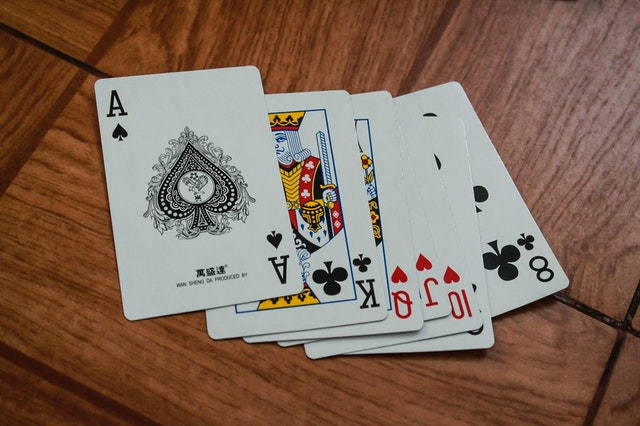
For most of the world, the answers to these puzzles are intangible. One deck is dominated by the new casino card industry: fifty-two cards, 4 familiar styles, two colors (Black and Red), rigid dimensions. But that is not the only deck. There are acorns, bells and swords in the other sets, cards that are circular or extremely tall and thin, decks of more than a hundred or less than twenty-five cards. The notion of a huge variety of card variations, all in their own game world, is extremely tempting. But where all of these come from, that’s one of the mysteries.
Throughout this article, we’ll look at the history of playing cards, highlighting in particular the geographical influences that also have influenced what modern playing cards look today.
But before that, we’ll take you first where you can find and play card games online before we’ll be taking you to history.
Play Card Games Online
Playing card games even before the era of the Internet was enjoyable, but there’s a factor such as potentially challenging. In order to make full use of your deck of cards, you would have to find a partner who have had the same enthusiasm as you. That implied that you couldn’t play your favorite card game anytime you liked, just when the circumstances were right.
Even so, all this improved with the growth of the internet. Now, you wouldn’t have to wait for your mates and shift your busy day to play your favorite game. What you need to do is log in to one of the platforms listed below and start playing and winning. Another benefit of playing online is that you really can still play a short round or two, which is typically not available when you play with people in real time.
Luckily for you, there are hundreds, if not thousands, of websites offering the most popular card games where you can enjoy them virtually. You could play them absolutely for free on some of them; you have to pay on others.
And since poker is among the most popular online card games, there are more games that you can play without needing to invest your money at risk.
So where are you going to find them? If that’s the question you are wondering right now, you can keep reading because we’re about to tackle it. We’ll mention a couple of the most prominent and enjoyable websites where you can enjoy a large variety of new and traditional card games.
CardGames.io
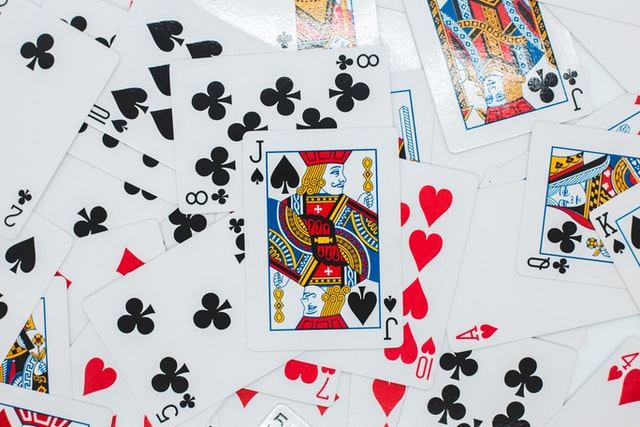
If you are an old-school person, pretty sure that you are always dreaming for the day when the Internet was simple and quick to use. We’re presenting CardGames.io to you. It is by far the easiest platform from which you can play card games online. It does have a sleek interface that resembles old Flash programs, so all you need to do is pick a game from the long list and you can now start playing.
Arkadium.com

It’s one of the best options you get when it comes to entertainment where you can find a wide range of card games online. This is a U.S.-based site that was created around twenty years ago and is highly regarded by gamers. Any of its key features include a noise-free design and an efficient interface that makes it easier to find the game you want to play. As this is a fairly high-profile website, there are still real players who you can practice against, but you can also play against the computer.
CardzMania.com
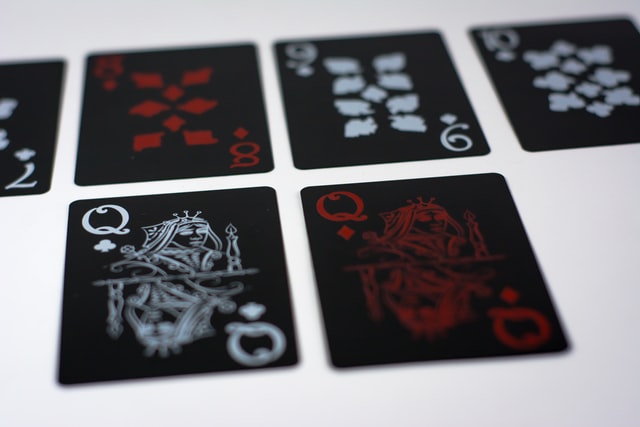
It is exactly what it looks like. This is a website uniquely made to match the biggest card game fans out there who’ve got the Mania Cards bug. As you spend so much time testing various features, you know there’s a lot to be discovered and appreciated. It’s the best spot for players who want to have a variety of choices.
When selecting a game to play, a few of the options offered were playing solo with computers, competing internationally against real people, attempting to complete the regular challenges, and joining the weekly cup to compete for the title of the best. Try it out, and you can’t really go wrong
WorldofCardGames.com

This is one of the favorite sites by players because it offers a variety of customizations that could make your time on the website more enticing and enjoyable. When you open the page, the interface seems a little out of date, but you can change the deck, wallpaper, and modify your avatar. You can still monitor your statistics quickly and get a glimpse as to how many games you have won, played, and how much you’ve progressed so far.
CrazyGames.com
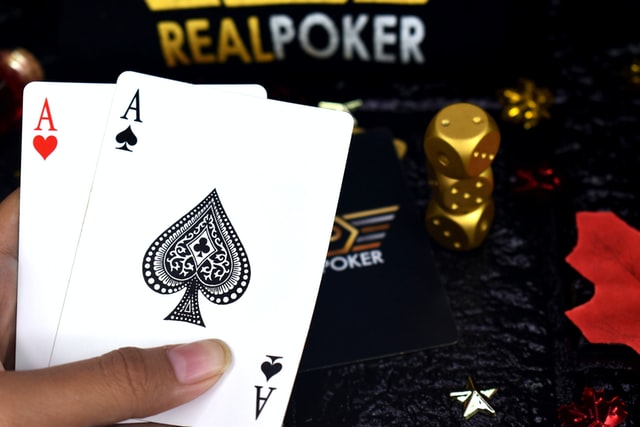
It’s a must-visit for those of you who enjoy spending your spare time playing cards online. It has an amazing collection of all the best card games you can find on the Internet. The interface and the layout are not the best, but it’s not that important when the gameplay is fine. This site is one of the best platforms especially if you are searching for exciting and modern games that would definitely break the limits of playing traditional card games.
YOU ARE NOW FINALLY HERE!
History of Playing Card Games
Card games have really been part of a greater lifestyle for much too long that people may even be surprised to learn that no one else in the West played them around 700 years ago. Even though printers have indeed produced cards for centuries of history, the most popular cards in early Europe were painted by hands.
Something that might be most fascinating about card games is that the fundamental principles of suits and trick-taking became well known by the time Europeans started playing cards in the fourteenth century. People still play the same kind of current rules that were used in the early card games.
The lifespan of rules and conceptual design may explain why that is so difficult to trace the history of card games to their exact roots.
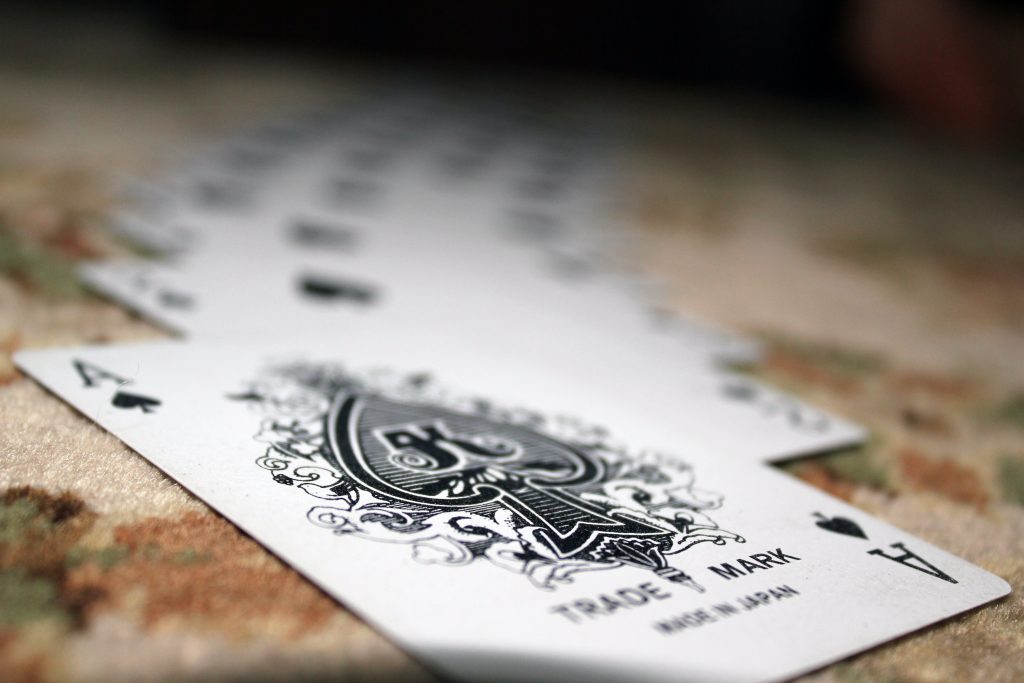
The East Origins

Wild guesses have ties within the 12th-century, with cards, suits, and symbols, and also older cards in China, Korea, India, Egypt or Persia, which may be brought to Europe by Arabs. A few other historians claim that playing cards were created in China in the Tang Dynasty from around 9th century AD. There appears to be evidence of a variety of games featuring playing cards from this period. They also appear as symbols for playing cards later in Western Europe.
If it is true, the roots of playing cards would be before 1000AD, and they would be seen as originating with or from tile games such as dominoes and mahjong. A few indicated that playing cards first operated as “play money” and served the prizes used for other casino games, then became part of the games itself. Others have suggested similarities between playing cards and chess or dice games, although this is also uncertain.
It is quite likely that playing cards found their way from China to Europe through Egypt during the Mamluk period, with decks from that period providing cups, gold bars, polo sticks and swords, which reflect the key interests of the Mamluk nobility, and bearing similarities to the four suits seen in Italian cards from fourteenth century.
But we can’t be exactly sure that playing cards first appeared in the East; and it might also be that the first predecessors of the current card deck were first produced in Europe, after all as an autonomous development. Now go to Europe, the first reported references to playing cards, which we found in a Latin document written by a German monk throughout the Swiss convent.
Spain and Italy Origins

Court cards from the fourteenth century decks in Italy usually included a king, a queen, and a knave which means a royal servant, but the character may also be a “prince” and renamed to Jack in order to avoid any confusions. The Spanish cards formed a little differently, the court cards being king, knave, and knight, but with no queens. The Spanish cards still didn’t have a ten, and the lack of 8s and 9s in the Spanish national game resulted in a 40-card deck.
The very first playing card games in European Italy that were impressively painted by hand and unique luxury pieces seen only in the upper classes. But then as playing cards became much more popular, and techniques were created to make them cheaper, it became more readily available. It’s only inevitable that this new commodity would gradually expand to the North and West, and then the next significant change happened as a result of their arrival in Germany, and there is another historian who identified their rapid expansion as an invasion of card games, with soldiers often supporting their movements.
Germany Origins

Personalized decks started appearing, and suit symbols featured in variety playing cards from this period. Normal German suits of leaves, acorns, bells and hearts were prevalent, nevertheless, even though it was usual in neighboring Switzerland to see variants using flowers instead of leaves and shields instead of hearts. Germanic suits are still in use in parts of Europe nowadays and are grateful to this time in history.
But really the greatest contribution of Germany was their process of manufacturing playing cards. Using methods of wood-cutting and sculpting in wood and copper that were produced as a result of the requirement for religious images and symbols, printers were capable of manufacturing playing cards in larger abundance. This led to Germany playing a leading role in card dealing, even distributing decks to Western Europe, which had created them in the first place.
France Origins

However, the real piece of creativity that the French did come up with was to break the four suits into two colors which are red and black, with simpler and sharper symbols. This indicated that playing cards can be created using stencils faster than to use traditional wood-cutting and engraving techniques. With advanced processes in the manufacture of paper and the invention of better machining processes, the slower and much more costly traditional hand-made wood cutting methods have been replaced by far more effective production. For clear logistical reasons, the Germans have lost their former supremacy in the casino card industry, as the French decks and their suits have expanded across Europe, giving us the styles, we know them nowadays.
Traditional postures, accessories and clothing that we anticipate on the modern deck of playing cards nowadays are rooted in characters like these but we can’t be sure how these facts originated, because there was a great range of these things on the French decks of that period. Although gradually standardization started to happen, and this was intensified in the 1700s when gambling card taxation was implemented. As France was divided into nine regions for this reason, the manufacturers within each region have been ordered to use a precise and unique design to their region. And it was only after playing cards moved back to England that a common style truly started to conquer the gambling card industry.
England Origins

But playing cards did not pass-through Europe unless the English left their mark on them. Initially, they preferred to use the names of spades, hearts, clubs, and diamonds to refer to suits that the French had named as pikes, hearts, trefles, and carreaux. Actually, we don’t know what is the reason but they based two suit names on the names of the Italian deck instead of simply interpreting the French words pikes and clovers; one potential reason is that the Spanish suits were distributed to England before the French ones.The term diamond is therefore somewhat surprising considering that the English word carreau at the period was lozenge. But whatever the cause, it’s for use in England that we give the names that we use today for suits.
Also, it is to the English that we give the position of honor granted to the Ace of Spades, which is embedded in the laws of taxation. The English government passed the rule that cards should not leave the warehouse until they had evidence that the tax on playing cards had been charged. This was originally a hand stamping of the Ace of Spades, maybe because it was the highest card. However, in order to avoid tax avoidance, it was determined in 1828 that from now on the Ace of Spades had to be bought from the Stamp Duties Commissioners and that it had to be separately printed along with the name of the manufacturer and the amount of duty paid. So, the Ace of Spades appeared to have intricate designs along with the name of the manufacturer. It was only in 1862 that the licensed manufacturers were actually permitted to print their own Ace of Spades, but the outcome of the signature Ace of Spades was determined, and the tradition of the opulent Ace with the name of the manufacturer was always practiced. As a consequence, to this very day, it’s the one card on the deck that usually gets extra attention and intricate designs.
The design on English court cards seems to have been primarily inspired by designs created in Belgium, which supplied vast quantities of playing cards for distribution. They involve details such as king, queens, knaves and pikes. So, whatever the variation was there it steadily faded as a result of the hardworking efforts to improve productions and competitiveness. This industrial manufacturing, which Briton Thomas de la Rue produced in the 1860s, earned him a dominant role in the industry, and the smaller factories with their designs, were gradually swept away, leading to more generic designs, as we recognize them nowadays. Around 1840 to 1860, it was also about this period that double-ended court cards were popular and existing full-length styles were modified to make them double-ended.
US Origins

Amongst these American manufacturers, Lewis I. Cohen spent 4 years in England and started distributing cards in the early 1800s. Around 1835, he invented a system for printing the four colors of card faces at speed and his prosperous firm finally became a public company way back in 1871 under the title of the New York Consolidated Card Company. The firm was responsible for updating and promoting corner indexes to the English pack, making it easy for players to keep and remember a poker hand by just marginally spreading the cards. Another printing firm had already reproduced decks with scales in 1864, but it was the Consolidated Card Company that copyrighted the design in 1875. Decks with these indices were not necessarily well known, first recognized as “squeezers.” The rival company that initially started manufacturing “triplicates,” providing an option that used mini card faces in the different sides of the cards. But the new frontier was won, and the indexes finally became normal, and today it’s tough to fathom playing cards without them.
The invention we owe to the United States is the existence of the Jokers, which was initially referred to as the “best bower,” and which was more popular in the mid – nineteenth century, and corresponds to the high trump card. It is an invention from about 1860 that has found a trump card that defeats both the otherwise top ranked left bower and the right bower. The term “Euchre” may also be an early relative of the word “Joker.” A version of poker around 1875 is the very first reported example of the Joker has been used as a wild card.
Apart from these changes, America never had made any permanent changes to the traditional deck of cards, which at this period had a long and deep tradition and has been more and more streamlined. Though the United States has become significant in the manufacture of playing cards. Other than the firms, many well-known names of manufacturers from the late nineteenth century, the other gradually becoming the business giant today: The United States Playing Card Company. The American manufacturers have been producing specially modified packs and highly personalized play card decks through most of their history, which have become their own card classics. It has surpassed many other play card manufacturers throughout more than a century of supremacy, and they are known to be the market pioneer and manufacturer of choice for many customized decks currently produced.
Lastly, the real history of playing cards is a rich and detailed journey, one that has been interspersed with many romantic versions over time, not which also have historical origins. What would the future may hold for the existence of the popular playing card, and what would be the permanent contribution of our own period to the fact and appearance of the standard deck? Maybe time will say, but now you can enjoy a modern deck, recognizing that it still has striking parallels to the playing cards of fifteenth century Europe, and also that playing cards have become an essential part of life and entertainment around the globe for more than three centuries.
CONCLUSION
Online games are popular in the world nowadays, because of their form of entertainment. The Internet and frequent technological upgrades are the reason why betting enthusiasts can digitally access famous games. Only with availability of a variety of card games, the modern world has become more and more open and thrilling. There are many game fans who have won in the online community using a variety of skills, strategy and charms.
In addition, card games have been known to boost the memory and attention of the player. Online games are a type of mental exercise. This ensures that the depression will drop, that your organizational skills will increase and that you will be able to improve your critical thinking skills, among other advantages. Overall, the advantages listed above offer a satisfying gaming experience online.

